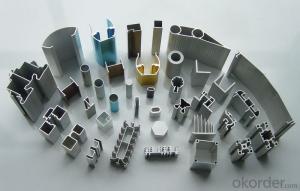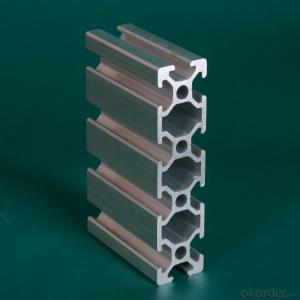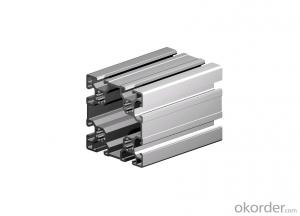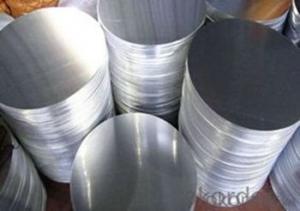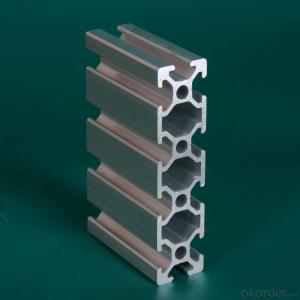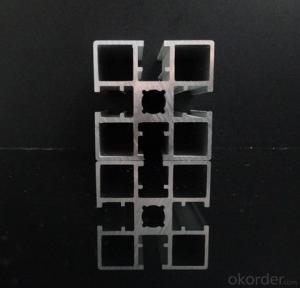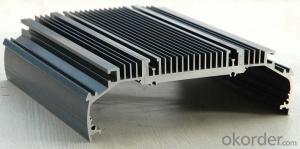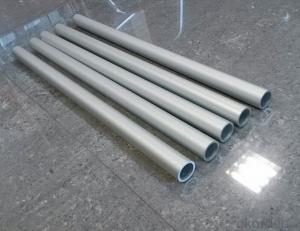Bosch Aluminum Extrusion
Bosch Aluminum Extrusion Related Searches
Led Light Bulbs For Ceiling Fixtures Led Lamps For Ceiling 42 In Ceiling Fan With Light Aluminum Coil Stock For Gutters Aluminum Foil For The Grill Hole Saw For Aluminum Plate Aluminum Tread Plate For Trailer Bow Plate For Aluminum Boat Aluminum Foil For Grow Room Aluminum Foil For Joint PainHot Searches
Stock Price For Aluminum Aluminum Coil Stock For Sale Aluminum Gutter Coil For Sale Used Aluminum Scaffolding For Sale 1/4 Aluminum Plate For Sale Aluminum Bar Stock For Sale Aluminum Round Stock For Sale Aluminum Diamond Plate For Sale Aluminum Scaffolding For Sale Craigslist 6061 Aluminum Plate For Sale Aluminum Dock Plate For Sale 7075 Aluminum Plate For Sale Aluminum Tread Plate For Sale Aluminum Checker Plate For Sale Aluminum Plate For Sale Near Me Plate Aluminum For Sale Aluminum Plate For Sale Aluminum Square Stock For Sale Aluminum Flat Stock For Sale Billet Aluminum Stock For SaleBosch Aluminum Extrusion Supplier & Manufacturer from China
Okorder.com is a professional Bosch Aluminum Extrusion supplier & manufacturer, offers integrated one-stop services including real-time quoting and online cargo tracking. We are funded by CNBM Group, a Fortune 500 enterprise and the largest Bosch Aluminum Extrusion firm in China.Hot Products
FAQ
- Yes, aluminum profiles can be a viable alternative to steel and other materials in many applications. Aluminum is known for its lightweight nature, corrosion resistance, and excellent strength-to-weight ratio, making it suitable for various industries such as aerospace, automotive, construction, and manufacturing. Additionally, aluminum profiles offer versatility in design and can be easily fabricated and customized to meet specific project requirements.
- Yes, aluminum profiles are generally resistant to chemicals and acids due to their natural oxide layer that provides a protective barrier against corrosion. However, certain highly corrosive chemicals or acids may still cause damage over time.
- Yes, aluminum profiles can be used in the production of agricultural structures. Aluminum is a versatile and lightweight material that offers excellent strength and durability. It is resistant to corrosion, making it suitable for use in agricultural environments where exposure to moisture and chemicals is common. Aluminum profiles can be used to build various agricultural structures such as greenhouses, barns, storage facilities, and animal housing. They can be easily assembled and customized to meet specific design requirements, allowing for flexibility in the construction process. Furthermore, aluminum profiles are low maintenance, requiring minimal upkeep over time. They are also environmentally friendly, as aluminum is a highly recyclable material, reducing the environmental impact of agricultural structures in the long run. Overall, aluminum profiles offer numerous benefits for the production of agricultural structures, including strength, durability, corrosion resistance, ease of assembly, customization options, low maintenance, and sustainability.
- Aluminum profiles are known for their excellent thermal conductivity. Thermal conductivity refers to the ability of a material to transfer heat. Aluminum has a high thermal conductivity value, which means it can efficiently transfer heat from one point to another. This property makes aluminum profiles highly suitable for applications that require heat dissipation or heat transfer, such as in the construction of heat sinks, radiators, or electrical components. Additionally, the high thermal conductivity of aluminum profiles allows for faster and more efficient cooling, making them ideal for applications that involve thermal management.
- What is the opening section of aluminum profile?
- Aluminum has an outer outline, an open outline, a closed outline, a plane to cut the opening, the plane is cut
- To cut and shape aluminum profiles, you will need specific tools such as a miter saw, a hacksaw, or a circular saw with a carbide-tipped blade. Measure and mark the desired length on the profile, ensuring accuracy. Use a miter saw or a hacksaw to cut the aluminum along the marked line. For shaping, you can use a file or a deburring tool to smooth out any rough edges. Additionally, if you need to bend the aluminum, a sheet metal brake or a vise can be used. Always wear appropriate safety gear, such as gloves and safety glasses, when working with aluminum profiles.
- Yes, aluminum profiles can be used for DIY projects or home improvement. Aluminum profiles are versatile and can be easily cut, shaped, and joined together to create various structures and components for different applications. They are lightweight, yet strong and durable, making them suitable for a wide range of projects. Whether you want to build a custom shelving unit, construct a garden fence, create a frame for a solar panel, or even design a unique piece of furniture, aluminum profiles can be an excellent choice. Additionally, they are resistant to corrosion and require minimal maintenance, which makes them ideal for outdoor projects as well. With the right tools and a little creativity, aluminum profiles can be transformed into functional and aesthetically pleasing additions to your home.



































